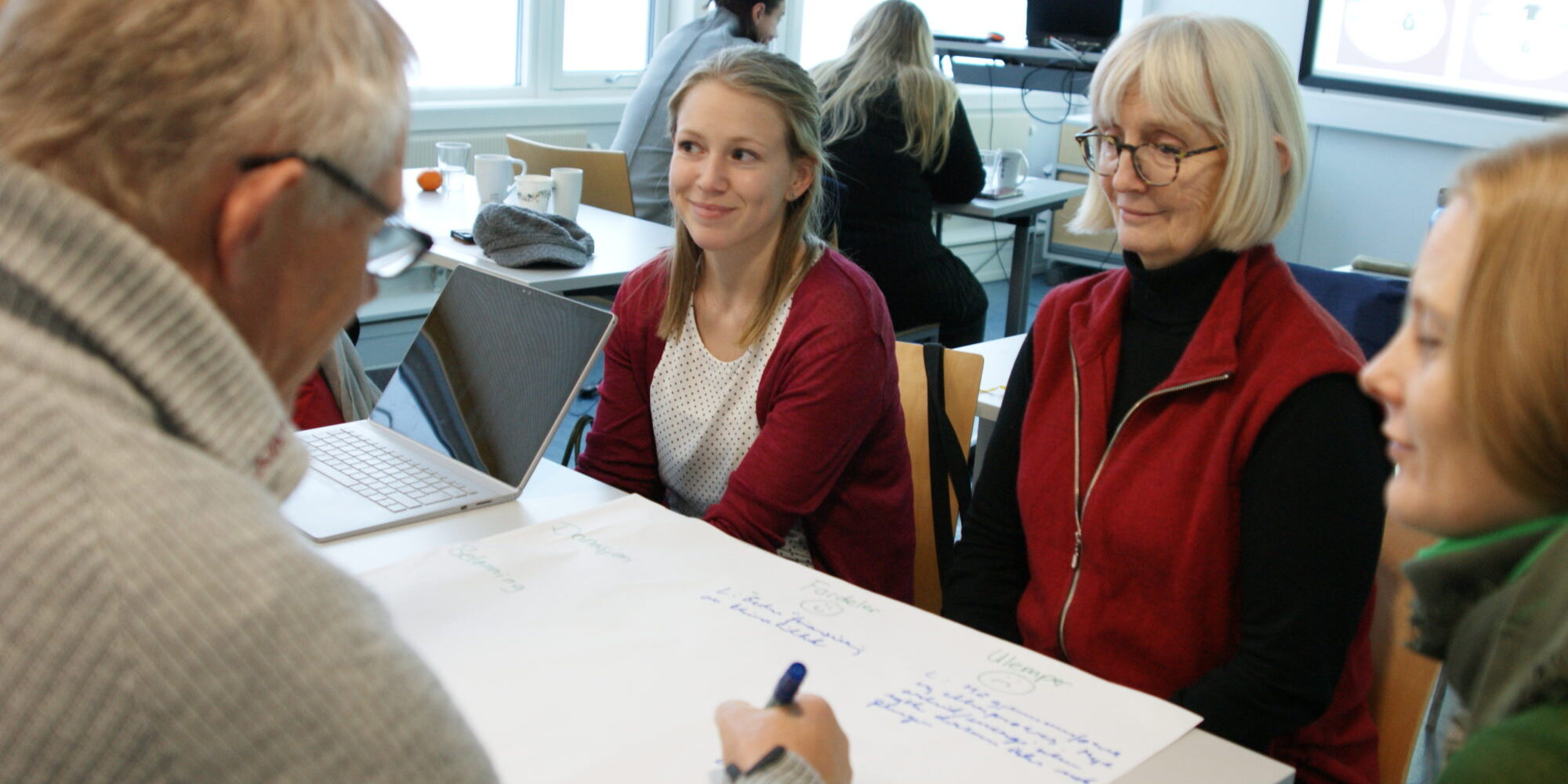
Can we save the earth thorugh crowdfunding in agriculture?
Contact persons
Research areas
Share article:
Climate change is as relevant as ever, but economic constraints often stop important initiatives at the idea stage. Crowdfunding gives hope to these important projects.
In order to implement crowdfunding as a feasible solution for climate mitigation in agriculture several obstacles need solving. CoolCrowd, a research project led by Ruralis, discussed these obstacles during their first stakeholder meeting.
– Carbon credit programs for customers wanting to pay for their own emissions, is getting increasingly popular, stated project manager, Pia Otte, during the introduction to the stakeholders.
Carbon emission trading is controversial due to cases of “dodgy” carbon credits that are sent to globally distant places. Coolcrowd wants to address this by investigating the possibilities for a locally rooted crowdfunding program that enables the Norwegian public to offset CO2 emissions from transport through crowdfunding of climate- friendly technologies on local farms
– This can strengthen local development through investments in sustainable food production, and simultaneously give increased local affiliation for climate changes, Otte continued.
Practical difficulties
Crowdfunding can take several different forms. Donations, rewards, loans, /equity based and combinations between these are the most common kinds.
– Practically, there are multiple challenges related to the different forms of crowdfunding. Donations are very easy to give and can attract many donors, but it is unpredictable for the recipient, one of the groups at the stakeholder meeting argued.
Through reward based crowdfunding, donors get a reward for their contributions. This can be everything from a poster to more experienced based rewards like a farm visit.
- Economically, we believe a reward system has a bigger potential compared to donations, one of the groups stated, with another group pointing out the difficulties with rewards, in term of logistics and the time consumption facilitating rewards from a farm.
Different platforms
Both groups argue that loans are a better solution for larger investments,.
– However, it is probably far enough for a farmer to have debt to one bank, let alone several debtors, one group stated.
The equity model received a lot of criticism, as this could influence the farmer’s daily routines.
– Donation and reward seems most relevant for crowdfunding. Loan and equity based requires more monitoring for us as a bank. In addition, there will be a greater reputation risk for us as a bank with loans, says Jannike Østervold, from Cultura Bank.
Finance
Research shows that climate projects often face difficulties due to high economic risks.
– Entrepreneurs emphasize the importance of crowdfunding as an alternative for projects with uncertain economic prospects. There are few other opportunities for entrepreneurs to get economic support, due to traditional loans being expensive because of the risk, says associate professor at Mohnsenteret at Western Norway University of Applied Sciences, Natalia Mæhle.
Need legislative changes
Whether crowdfunding comes through donations, rewards, loans or equity, there are several juridical obstacles.
– Today, we have a complicated and fragmented regulatory framework. Crowdfunding is regulated though three different laws. If crowdfunding is to succeed, we need a significant reform of the current regulations. In addition, there are challenges in dealing with risks, such as fraud, project risk, liquidity risk, money laundering, online attacks, misleading advertising, money laundering, legal uncertainty arising from inappropriate legislation, and infringement of intellectual property rights, exemplifies associate professor at the Faculty of Law at the University of Oslo, Catherine Banet.

